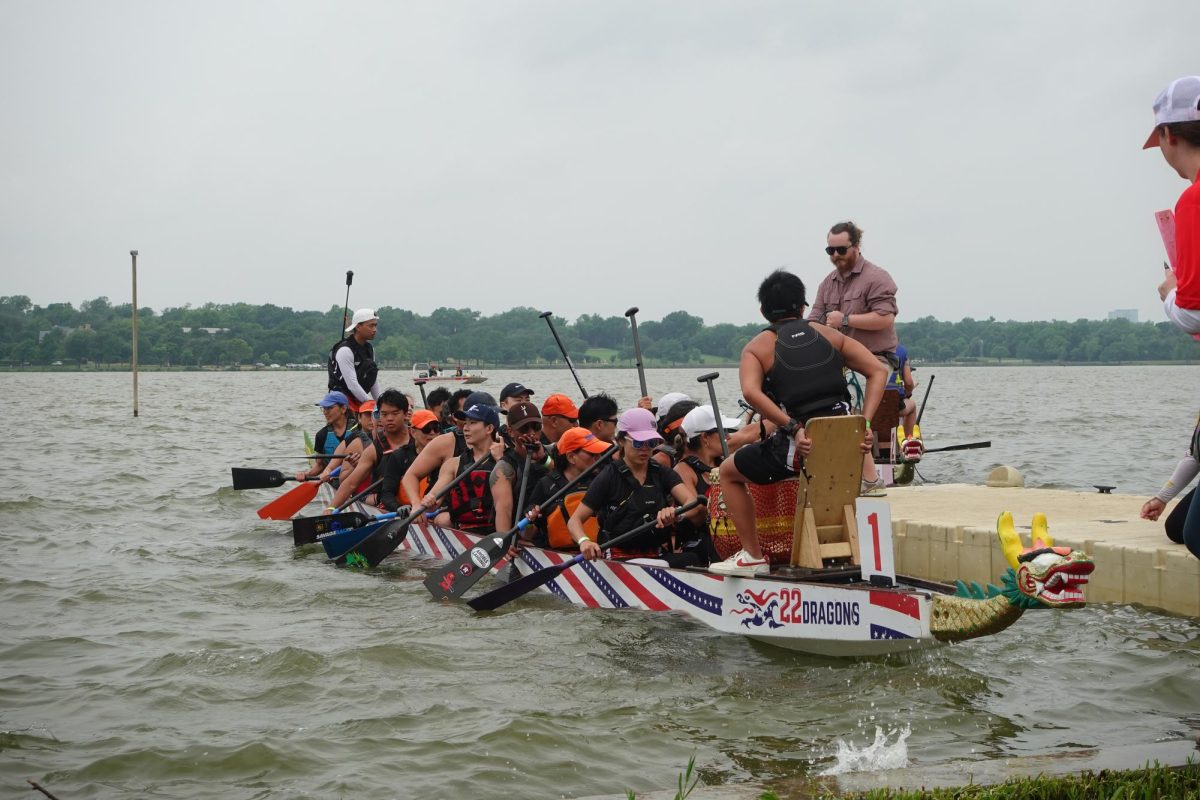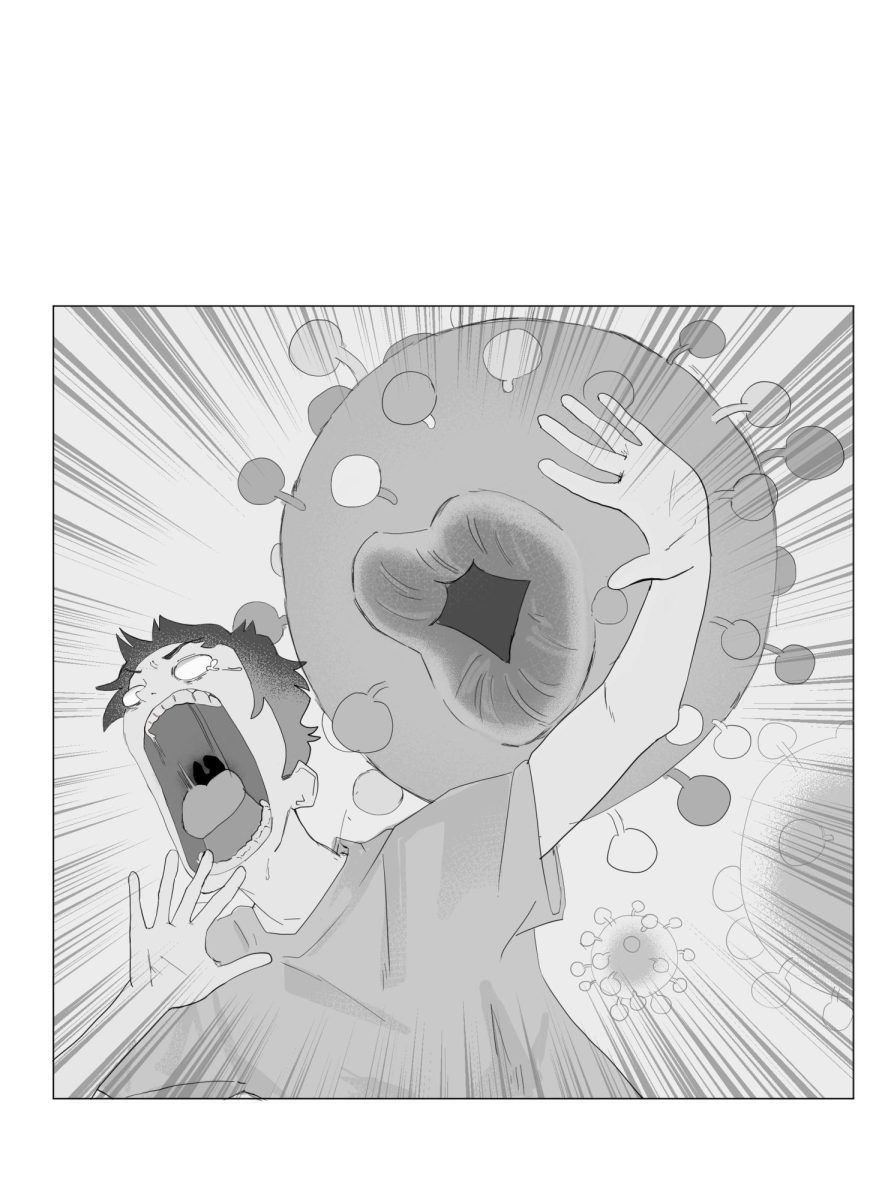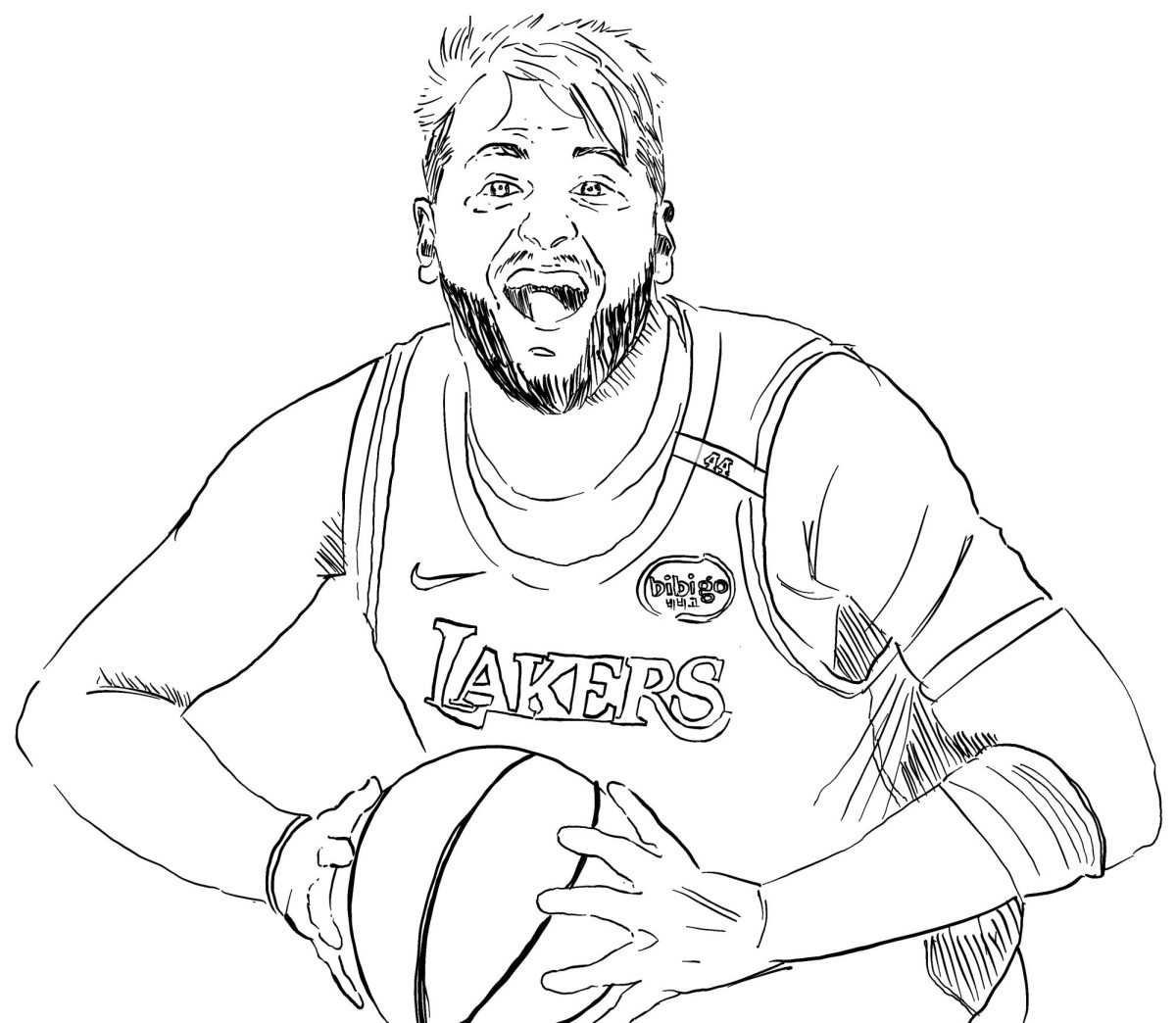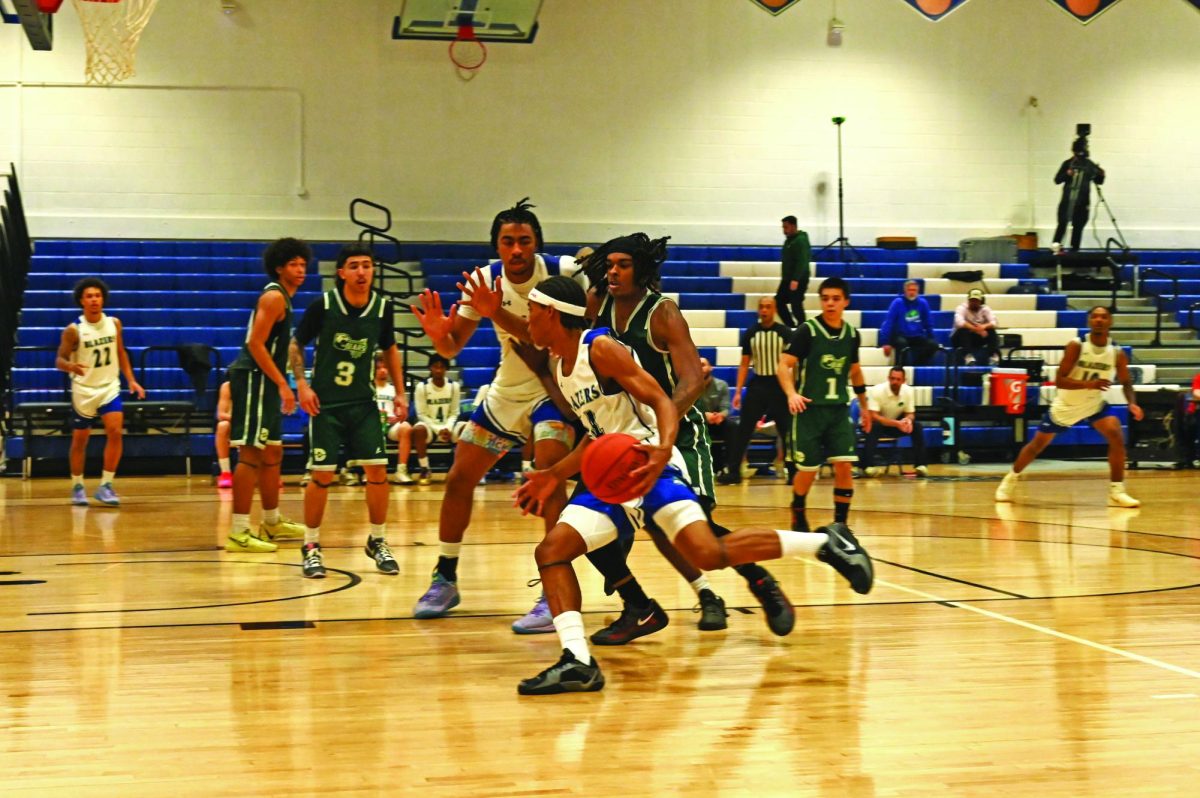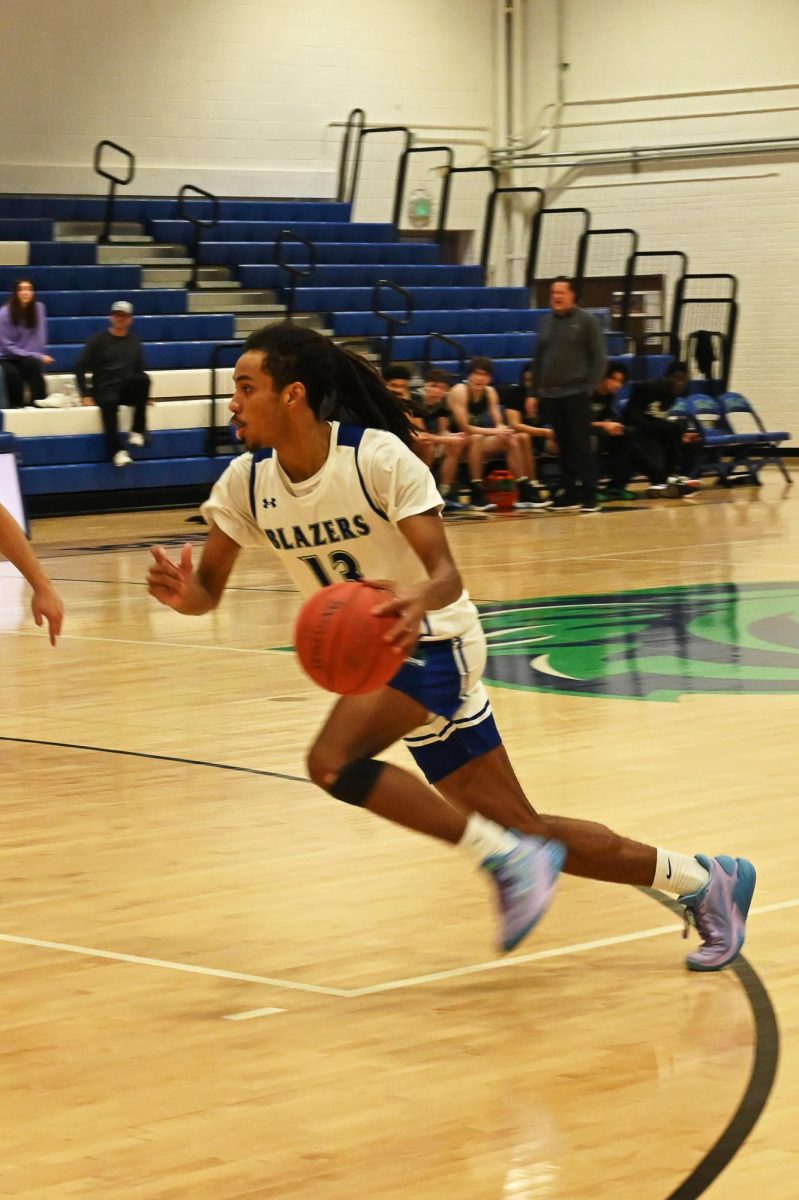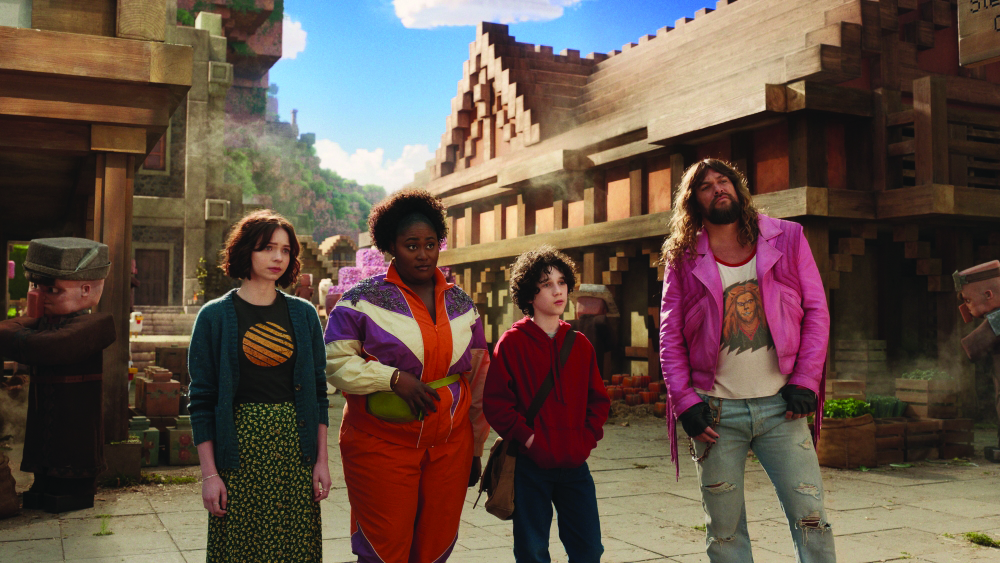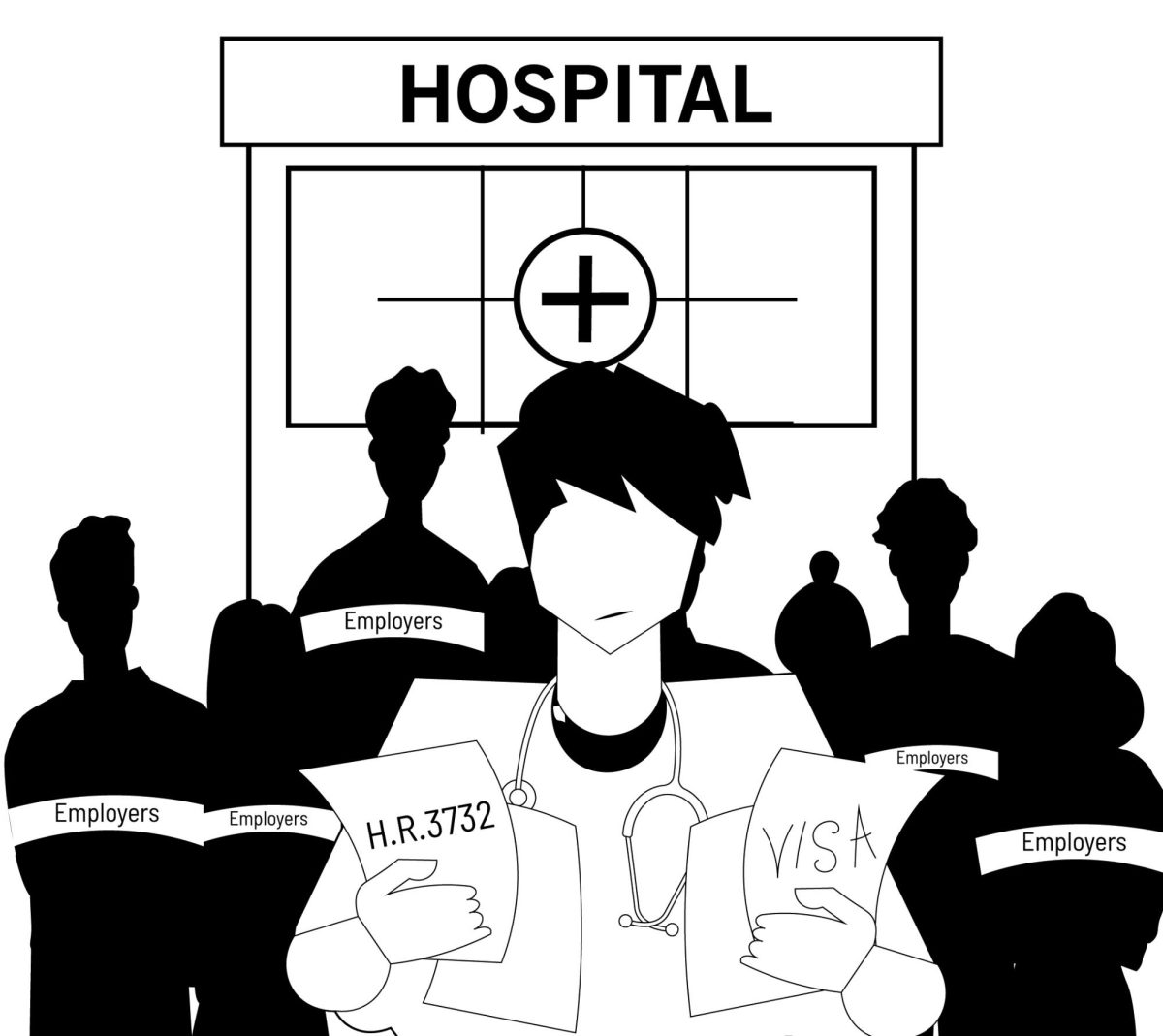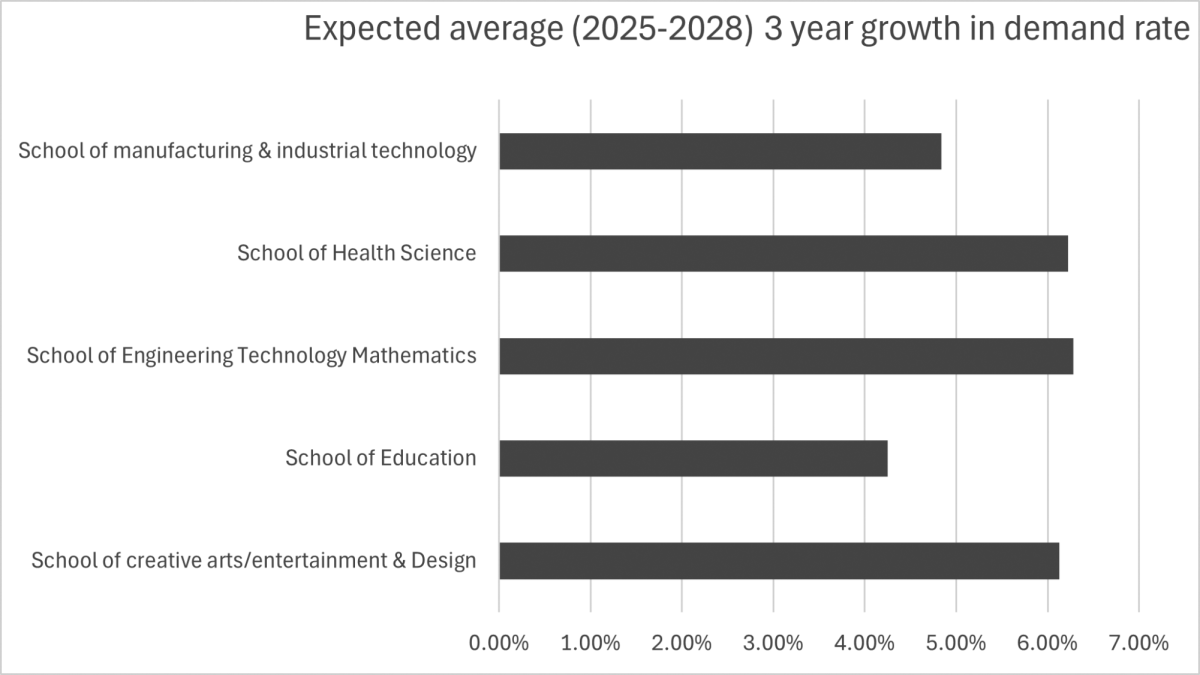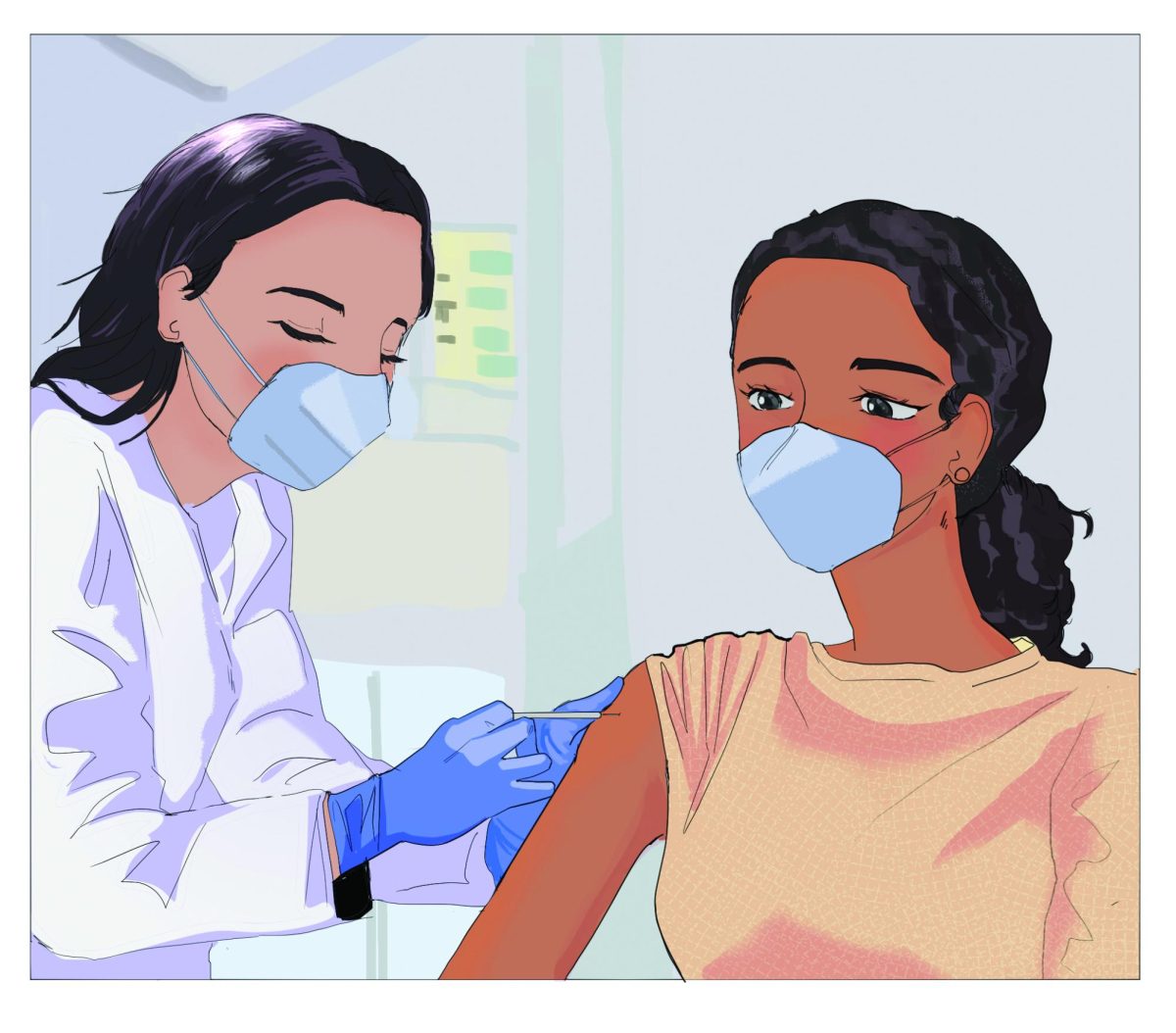The 4 D’s of Bystander Intervention was a Domestic Violence Awareness month event hosted by Michael Hunt, Title Ix & Equity Compliance Officer for Dallas College.
Sean Woods, primary prevention manager at Dallas area rape crisis center, talked to faculty, staff and students in an online conference about tactics to intervene and stop public harassment in their communities.
Woods asked the attendees if they believed that being a bystander is a negative or a positive thing and the majority of the group said negative.
A bystander is an individual who witnessed an emergency, a harmful event, or a situation that could lead to harmful events and by their presence may have the opportunity to help, do nothing, or contribute to the harm.
“Neutrality in situations where it could escalate to violence does not help victims,” Woods said. “Instead, they most of the time help the perpetrator.”
Woods aims to make community members prosocial bystanders, which are individuals who intervene to positively impact a harmful or potentially harmful situation.
Potentially harmful situations are the key factor in Woods’ presentation. He wants individuals to get in there before the situation escalates in the first place.
The 4 D’s of Bystander Intervention are: Direct Intervention – respond directly to the aggressor or physically intervene if necessary. Being confident, assertive and calm. One example Woods gave is walking up to engage a street harasser and directly asking them to stop their behavior.
Distract – a subtle and creative way to intervene. Distract either the harasser or the target with conversation unrelated to the harassment to derail the situation.
Example: Ask for directions, spill your drink “accidentally,” pretend you know one of them.
Delay – If you can’t intervene in the moment, you can check in afterwards with the person being harassed to see if you can do anything to support them, illustrating that they are not alone.
Example: ‘Is everything okay?’ ‘Is there anything I can do?’ ‘Is there someone we can call? Can I buy you a cup of coffee?’
Delegate – Being in a third party to help, possibly someone with more perceived authority. Example: Alert a store manager, bus driver, club bouncer, or someone else to help intervene. Do not call the police unless requested.
DARCC uses this Bystander Model and prevention approach because it does not target potential victims or potential perpetrators. Anyone has a chance to become a victim in the community and in this model, anyone has the chance to become a prosocial bystander as well.
“We are not targeting potential perpetrators, we are targeting future situations,” Woods said.
What is most important about being a bystander, according to Woods, is recognizing the situations for what they are or what they can turn into, because ignorance is one of the main obstacles in becoming a prosocial bystander.
Especially in grade school children. They do not understand the implications and how it can affect them, when it comes to bullying, harassment and potentially red flags in an unhealthy relationship.
“We can’t fault them for that,” Woods said. “They are young, most of them have never been in these kinds of situations before.”
Grade school children will not intervene if they witness yelling or berating because they do not believe it is their business or they are worried about their social standing. “We don’t want to put our youth in jeopardy we can be much more subtle and we don’t have to be direct in some situations,” Woods said.
There are risk factors to look out for, hyper masculinity, male entitlement, objectification, violence against women and unhealthy attitudes towards sex and sexuality. Understanding those risk factors and everything that goes into them makes us much more well equipped than the average person at deescalating and recognizing these situations.
Studies show, according to Woods, that being asked to help intervene in situations that are potentially harmful, unhealthy, toxic or dangerous results in people being more likely to show up and become a prosocial bystander.
If you don’t know someone’s name, just describe them. An example Woods gave was ‘Hey guy in a black blazer,’ ‘Hey red head guy I need your help over here’ people are likely to respond to someone calling out their description in public and come help you.
Larger groups are more likely to help de-escalate situations.
All these examples go hand in hand with the spectrum of sexual violence. There is the low, medium and high end of the spectrum. High ends are rape, physical or sexual assault. The middle spectrum includes invasion of body space, pinching, touching and groping. “Some people can think it’s a game and that it’s not that big of a deal,” Woods said.
The Low end includes cat calling or sexist jokes. However, the low end and middle spectrum happens a lot more than the high end spectrum. Woods said, “If we do not prevent the low end then of course we won’t be able to prevent or stop the high end from happening.”
Then there is recognition and victim blaming. Society has a low-end recognition and tends to do more victim blaming. “Why did you wear a skirt that short,” Woods said. “But if we stop the victim blaming and recognize those behaviors and risk factors as something that we should stop victim blaming tends to go down.”
“Staying silent does not help any situation,” Wood said. “Stepping up and doing something is always going to be the better scenario.”
For more information on Bystander Intervention or Sexual Assault resources call 972-641- 7273 the DARCC 24/7 hotline or email Sean Woods at sean@ dapecrisis.org.



